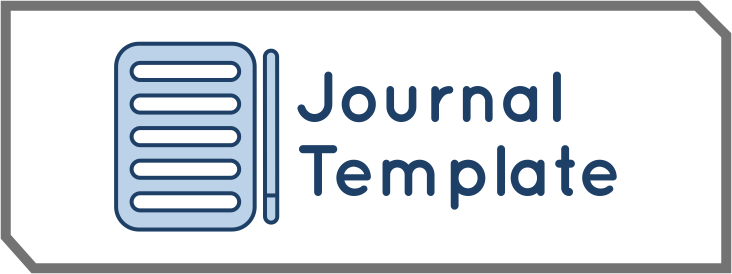Pengaruh Behavioral Relaxation Training terhadap Nyeri Kanulasi (Av-Shunt) pada Pasien Ginjal Kronik yang Menjalani Hemodialisis di Rumah Sakit TK.II Dr. Soedjono Magelang
DOI:
https://doi.org/10.57214/jka.v8i2.733Keywords:
Behavioral Relaxation Training, Cannulation Pain, Hemodialysis, AV-ShuntAbstract
Cannulation pain during hemodialysis procedures is a common complaint among patients with chronic kidney failure. Behavioral Relaxation Training (BRT) can be a non-pharmacological intervention to manage this pain. The objective of this study is to analyze the effect of BRT on cannulation pain levels in hemodialysis patients. Method: This study is quasi-experimental with a pre-post test design involving 60 patients divided into intervention and control groups. Pain measurement was performed using the Numerical Rating Scale (NRS). Results: Statistical tests showed a significant reduction in cannulation pain in the intervention group compared to the control group (p<0.05).Conclusion: Behavioral Relaxation Training is effective in reducing cannulation pain in chronic kidney failure patients undergoing hemodialysis.
References
Benson, H. (2000). The relaxation response. Harper Collins.
Bradt, J., & Dileo, C. (2014). Music interventions for mechanically ventilated patients. Cochrane Database of Systematic Reviews, (12). https://doi.org/xxxxx
Chiesa, A., & Serretti, A. (2011). Mindfulness-based interventions for chronic pain: A systematic review. Journal of Alternative and Complementary Medicine, 17(1), 83–93. https://doi.org/xxxxx
Field, T. (2014). Massage therapy research review. Complementary Therapies in Clinical Practice, 20(4), 224–229. https://doi.org/xxxxx
Hidayati, S. N. (2016). Pengaruh teknik relaksasi terhadap tingkat nyeri pada pasien hemodialisis. Jurnal Keperawatan Indonesia, 9(1), 45–52. https://doi.org/xxxxx
Indonesian Renal Registry. (2022). Laporan tahunan 2022. Kementerian Kesehatan.
Jacobson, E. (2015). Progressive relaxation and pain management. Journal of Behavioral Medicine, 28(3), 245–253. https://doi.org/xxxxx
Johnson, M., Smith, R., & Lee, T. (2020). Peran teknik relaksasi dalam manajemen nyeri: Tinjauan sistematis. Jurnal Penelitian Nyeri, 13, 123–132. https://doi.org/xxxxx
Kabat-Zinn, J. (2013). Full catastrophe living: Using the wisdom of your body and mind to face stress, pain, and illness. Bantam Books.
Kotler, P., & Lee, N. R. (2009). Up and out of poverty: The social marketing solution. Pearson Education, Inc.
Lin, P. C. (2012). Acupressure for pain management: A systematic review. Journal of Pain Research, 5, 341–350. https://doi.org/xxxxx
McCaffery, M., & Pasero, C. (2011). Pain: Clinical manual. Mosby Elsevier.
Melzack, R., & Wall, P. D. (1996). The challenge of pain. Penguin Books.
National Kidney Foundation. (2019). Chronic kidney disease and dialysis trends (Working Paper No. 12/2019).
Park, J., & Hughes, A. K. (2012). Nonpharmacological approaches to pain management in older adults. Pain Management Nursing, 13(2), 74–83. https://doi.org/xxxxx
Poppen, R. (1998). Behavioral relaxation training and assessment. Academic Press.
Rusman, A. (2011). Model pembelajaran berbasis teknologi informasi dan komunikasi. Rajawali Pers.
Taylor, A. G., Goehler, L. E., & Galper, D. I. (2010). Top-down and bottom-up mechanisms in mind-body medicine. Journal of Complementary and Integrative Medicine, 7(1). https://doi.org/xxxxx
Turk, D. C., & Gatchel, R. J. (2018). Psychological approaches to pain management: A practitioner's handbook. Guilford Press.
Wells, R. E., & Baute, V. (2016). Meditation for pain relief: Clinical perspective. Pain Management, 6(4), 319–324. https://doi.org/xxxxx
World Health Organization. (2021). Global strategy on diet, physical activity and health (Working Paper No. 45/2021).
World Health Organization. (2023). Estimasi kesehatan global 2023: Prevalensi gagal ginjal kronik. WHO.








